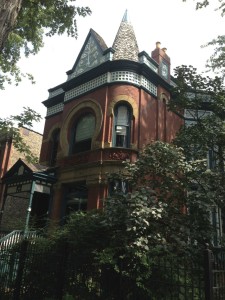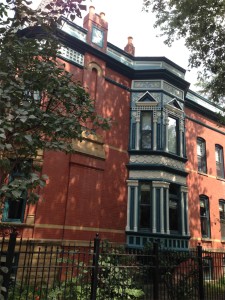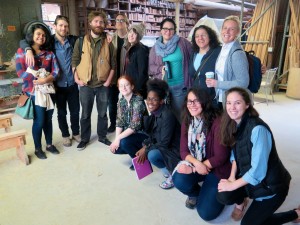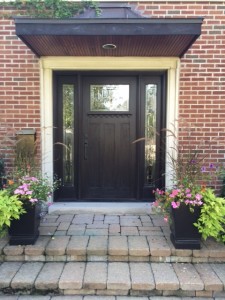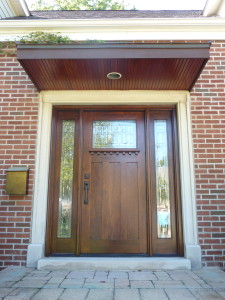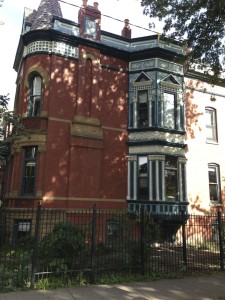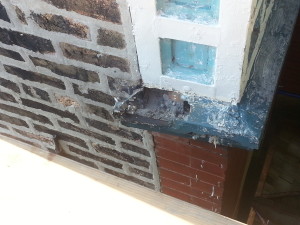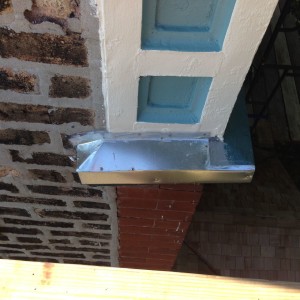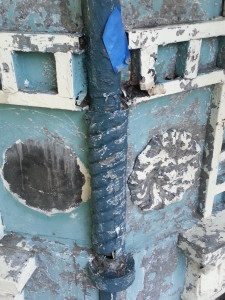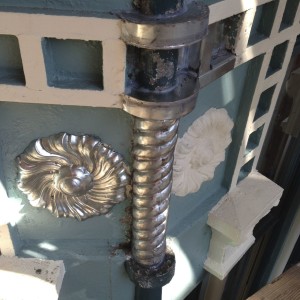As painting and decorating contractors in the Chicago area, we install an array of wall coverings, including fabrics, grass cloth, string cloth, embossed and other exotic papers. We recently installed Lincrusta’s Edwardian dado panels in a house’s front staircase.
Created in England in 1877 by the inventor of Linoleum floor coverings, Lincrusta has since then adorned upscale homes all over the world. Today, Lincrusta finds a home in many restoration projects. Its deeply embossed patterns lend themselves to many styles of buildings, in both residential and commercial settings. Lincrusta is sold as wallcoverings, dado panels, friezes and borders. The patterns can be brought to life by using paints, glazes and varnish. A wide array of effects can as a result be created.
Installing a Lincrusta wallcovering is a multi-step process. To ensure the long-term stability of the installation, we first installed a liner paper, which we then primed. After carefully laying out the pattern and getting the client’s approval, we proceeded with the panel installation. At this stage, the wallcovering has a creamy color and needs to be
finished. The oils from the manufacturing process must first be removed from the surfaces of the paper. The panels must then be primed and painted. Because the client wanted the highlight the details of the embossed pattern, we then glazed the painted surfaces and manipulated the glaze to accomplish the desired effect.
Lincrusta wallcoverings are one of our many options to help clients add a “”period” touch to their environment. Lincrusta also supports our company’s commitment to help restore the beauty of vintage buildings in Chicago.







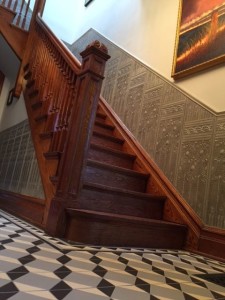
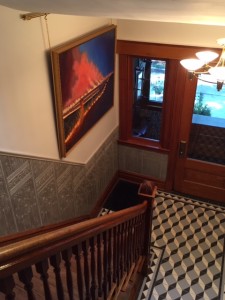
 Follow
Follow

